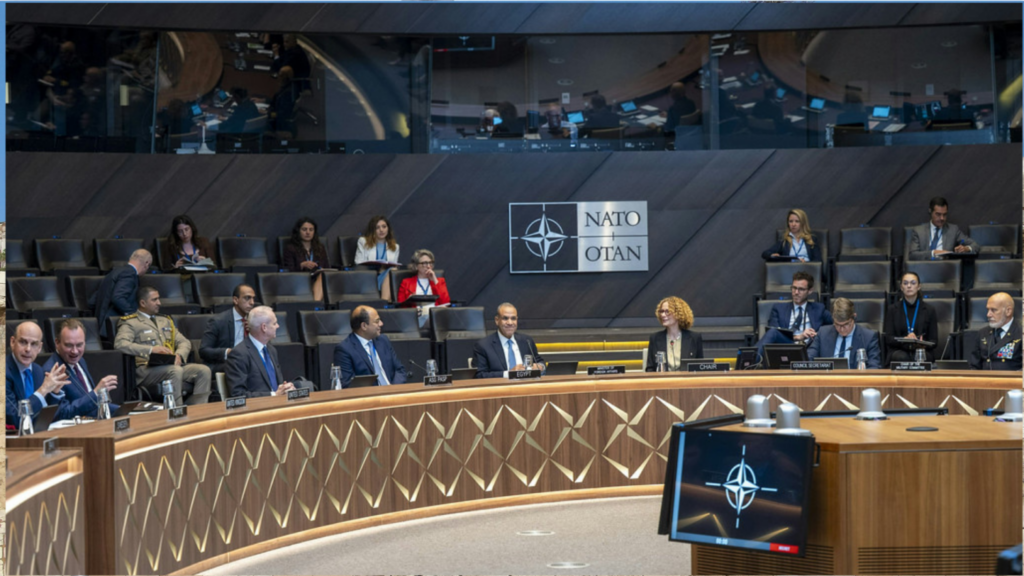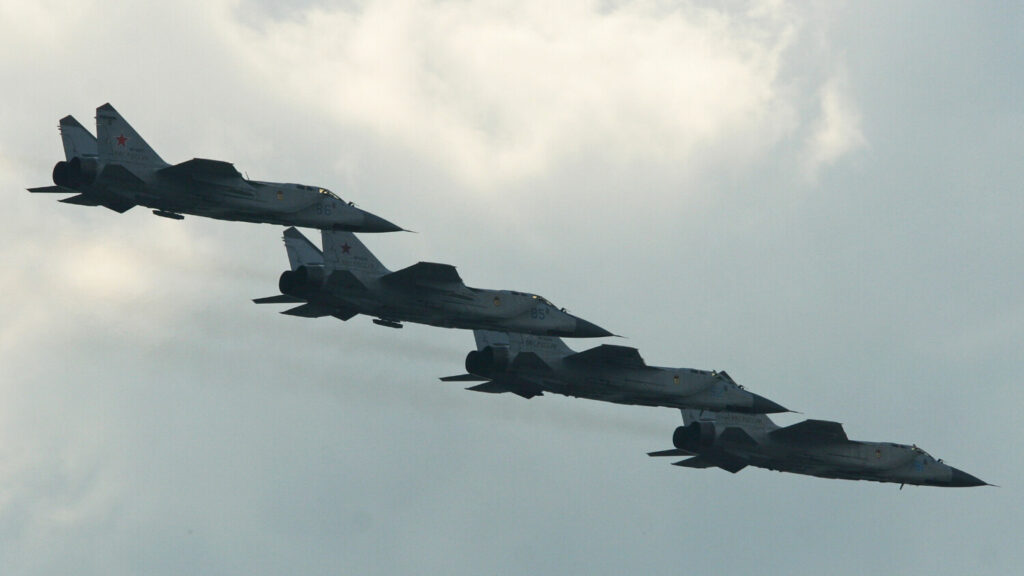China Is Exporting Its Unsustainable Growth Model Through the Belt and Road Initiative
What is the BRI?
Xi Jinping’s pet project, reminiscent of the Silk Road, is the Belt and Road Initiative (BRI). A trillion-dollar infrastructure plan and initiative that will link countries in Asia, Europe and Africa through an ‘Economic Belt’ and a ‘Maritime Silk Road’.
The Economic Belt (EB) aims to connect Europe, Central Asia and China through the construction of railways, pipelines and highways, to name a few projects. In addition to this, it aims to ease the movement of goods and people between involved countries through trade agreements. The Maritime Silk Road (MSR) complements this initiative by bringing trade to China through linking it to South East Asia, South Asia, East Africa and South-Eastern Europe using a network of sea routes and ports.
Many observers have used a geopolitical ‘debt-trap diplomacy’ explanation for the motivations behind the BRI. This explanation claims that China lures developing countries into unsustainable debt obligations and will be able to seize infrastructure projects in exchange for debt relief. Examples include ports in Sri Lanka and railways through Pakistan linking the EB and the MSR. With control of essential ports and on land transport routes, China’s influence throughout the region could be massive. It is not a baseless claim that China has strategic motivations; after all, they have built their first overseas military base in Djibouti. However, it is essential to also understand the economic forces motivating the BRI.
The economic motivations for the BRI
My prior work highlights the foundational fragility of the economic situation in China after decades of relentless economic growth.
Following investment-led growth since ‘The Southern Tour’ in the early 1990s, China’s economy has become too unbalanced; characterised by a high level of inequality resulting in high levels of investment and low consumption.
High investment and low consumption created a considerable surplus; there is no one to buy shoes from the new shoe factory. China exported this surplus mainly to the west through a substantial current account surplus.
Following the 2008 financial crash and subsequent deteriorating relations with the west, however, this market has shrunk and so too has China’s current account surplus. In order to recover from the financial crash, China ramped up investment further. Although, without domestic or foreign consumption to soak it up, this investment has led to over-investment. Concerns of unproductive investment have been raised by Communist Party officials, with the period between the financial crash and the initiation of the BRI seeing billions of dollars of over investment.
A motivation behind the BRI, therefore, involves China pivoting away from domestic over-investment by investing in developing countries, which desperately need infrastructure, instead of reforming and rebalancing their economy at home. In addition to this, these countries could soak up China’s excess production through increased imports.
Sri Lanka and the Maldives
A case study often used to highlight the geopolitical aims of China’s debt-trap diplomacy is the Hambantota Port in Sri Lanka. The argument goes that China saw an opportunity to finance a deep seaport in Sri Lanka and knew they would default. China would therefore seize the port and have a base in South Asia for its navy.
However, China did not suggest the port, Sri Lanka did. A Chinese State-Owned Enterprise looking for profit (EXIM bank) took the opportunity to fund 85% of its construction. A valid question would be, why not India? The answer is simple; China was the first to answer. Furthermore, the Sri Lankan navy is currently using the port and China’s navy cannot.
In the Maldives, there is a similar concern that Beijing is using debt-trap diplomacy to build a strategic advantage in the region. This evidence is again minimal as there are no strategic sites under construction, only commercial ones. A more plausible explanation is that, due to China’s unbalanced economy, investors jumped on the opportunity to invest in Sri Lanka and the Maldives (and many more countries) with minimal due diligence as investments in China have become unproductive. China is now exporting its unproductive investment abroad, rather than rebalancing its economy at home.
Potential for Defaults
The lack of due diligence in the BRI is evident with an FT study showing the 78 countries involved in the BRI include many of the world’s most risky economies. By investing in and linking all of these countries, the idea is then that investments that alone would not be viable would then (on average) become viable.
Still, Countries from Montenegro to Sri Lanka and from Sri Lanka to Malaysia have all shown inabilities to repay debt owed to China through the BRI. These inabilities are apparent through delays in construction, political fluctuations and corruption in contract award processes. RWR Advisory has conducted a study which estimated that ‘troubled’ BRI projects, unsustainable concerning debt, host country perception and delays account for 32% of the total value of BRI projects.
In addition to this, an initiative by the G20 will allow 73 of the poorest countries to delay debt repayment. This allowed delay is in response to the Covid19 pandemic, which will help those involved in the crisis. According to the World Bank, China owns by far the largest amount of bilateral debt of lower income countries, more than the other top ten economies combined. Many of these countries are eligible for the debt relief initiative. Instead of rebalancing its economic model at home, China has exported it around the world. They have invested surplus’s produced at home in unproductive, far-flung investments of which a sizeable amount is likely to default.
China has exported another aspect of its domestic economy to the world. The BRI lacks due diligence regarding the environment as well. Construction of coal power plants, roads and railways cutting through biodiverse forests and large amounts of waste threatens ecosystems around the world. The environmental and economic consequences of the BRI could be enormous not just for China, but also for the developing and mostly fragile countries involved in the project. China must rebalance its domestic economy in order to avoid the worst of these consequences both for themselves and the global economy.
References
Asia Maritime Transparency Initiative. 2020. Chinese Investment In The Maldives: Appraising The String Of Pearls | Asia Maritime Transparency Initiative. [online] Available at: <https://amti.csis.org/chinese-investment-in-the-maldives-appraising-the-string-of-pearls/> [Accessed 2 November 2020].
Chatham House – International Affairs Think Tank. 2020. Debunking The Myth Of ‘Debt-Trap Diplomacy’. [online] Available at: <https://www.chathamhouse.org/2020/08/debunking-myth-debt-trap-diplomacy> [Accessed 2 November 2020].
Csis.org. 2020. It’S A (Debt) Trap! Managing China-IMF Cooperation Across The Belt And Road. [online] Available at: <https://www.csis.org/npfp/its-debt-trap-managing-china-imf-cooperation-across-belt-and-road> [Accessed 2 November 2020].
Ft.com. 2020. The Belt and Road Initiative Is Short Of ‘Chinese Characteristics’. [online] Available at: <https://www.ft.com/content/ed53a1d0-7b13-11e9-81d2-f785092ab560> [Accessed 2 November 2020].
Ft.com. 2020. China’S Belt and Road Projects Drive Overseas Debt Fears. [online] Available at: <https://www.ft.com/content/e7a08b54-9554-11e8-b747-fb1e803ee64e> [Accessed 2 November 2020].
Klein, M. and Pettis, M., 2020. Trade Wars Are Class Wars.
Knowledge@Wharton. 2020. China’S Belt and Road Initiative: Why The Price Is Too High – Knowledge@Wharton. [online] Available at: <https://knowledge.wharton.upenn.edu/article/chinas-belt-and-road-initiative-why-the-price-is-too-high/> [Accessed 2 November 2020].
Smith, N., 2020. How to Rebalance China’S Unbalanced Growth Model | Atlas Institute For International Affairs. [online] Atlas Institute for International Affairs. Available at: <https://atlasinstitute.org/how-to-rebalance-chinas-unbalanced-growth-model/> [Accessed 2 November 2020].



